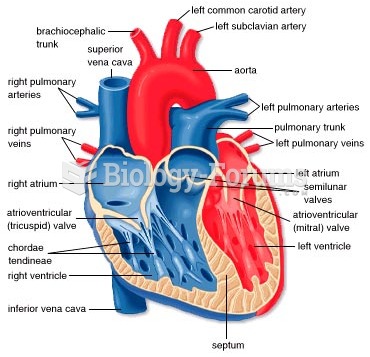Answer to Question 1
The four-panel window diagram of Marcia's theory should look like this:
Crisis
Yes No
Commitment Strong Achievement Foreclosure
Weak Moratorium Diffusion
An individual in the diffusion status would likely be characterized as not strongly self-directed, disorganized, impulsive, and with low self-esteem. Relationships with parents are likely to be strained, and involvement in school work and interpersonal relationships tends to be weak.
An individual in the foreclosure status would likely be characterized as closed-minded, authoritarian, and not demonstrating much anxiety. This person has difficulty solving problems under stress and depends on parents for affection and approval more so than the other statuses, yet feels superior to peers.
An individual in the moratorium status would be characterized as anxious, dissatisfied with school, and unsure about what area to major in. Moratorium individuals engage in intense but relatively brief relationships and may temporarily reject the values of their parents.
An individual in the achievement status would be characterized as a reflective decision maker with high self-esteem who works effectively under stress. Interpersonal relationships are likely to be close.
Answer to Question 2
Emulation can occur through inhibition, disinhibition, facilitation, and true observational learning.
a.Inhibition occurs when an individual learns not to do something they already know how to do because a model does not exhibit that behavior or is punished for doing so.
b. Disinhibition occurs when an individual does something that is usually not approved of or is illegal because a model exhibits that behavior without being punished.
c. Facilitation occurs when an individual learns to exhibit an acceptable behavior that he or she normally does not exhibit by observing a model exhibit that behavior.
d. True observational learning occurs when an individual learns to exhibit a new behavior by watching and imitating a model.







